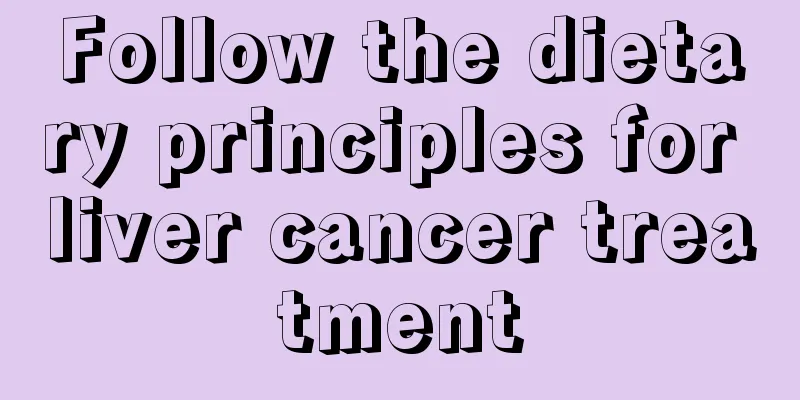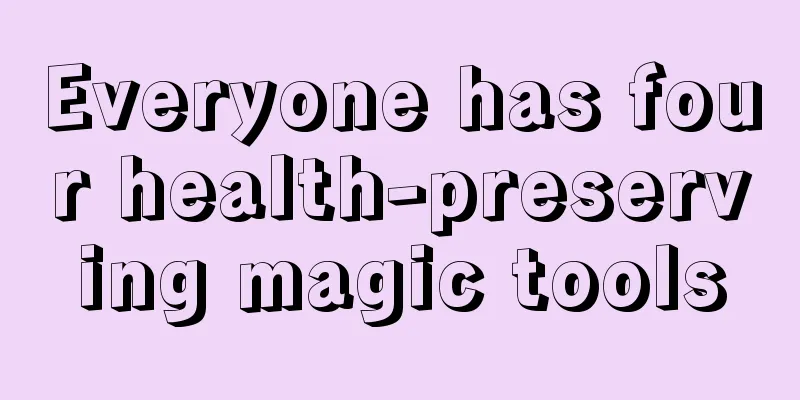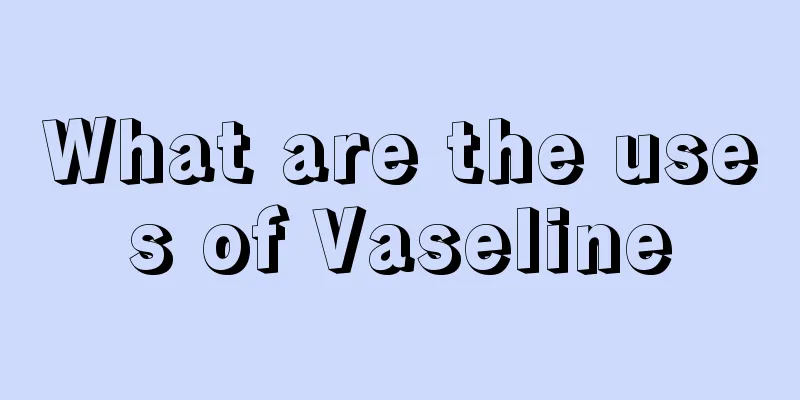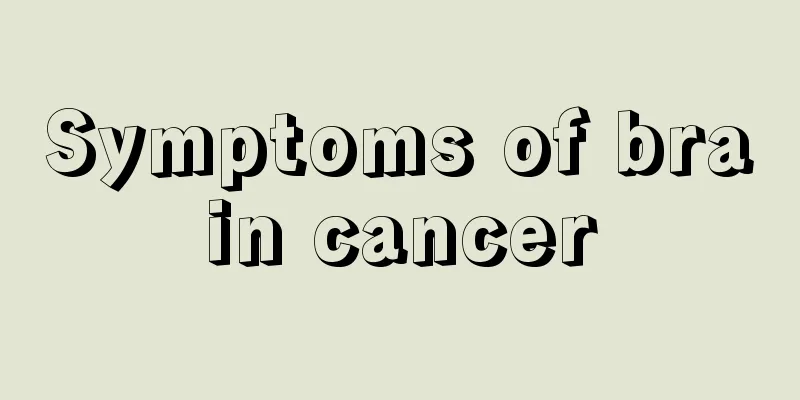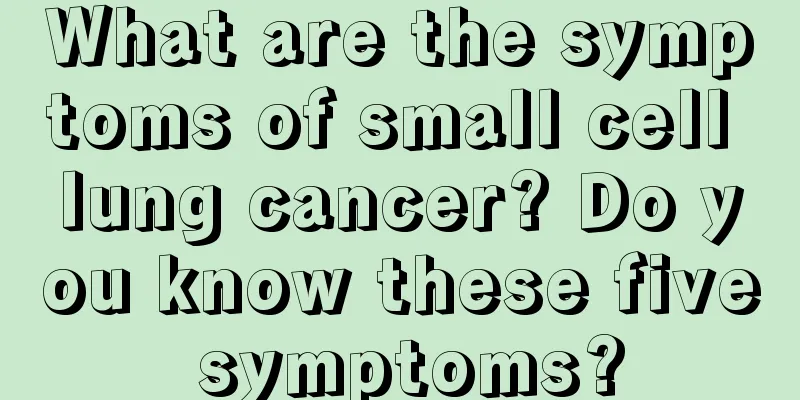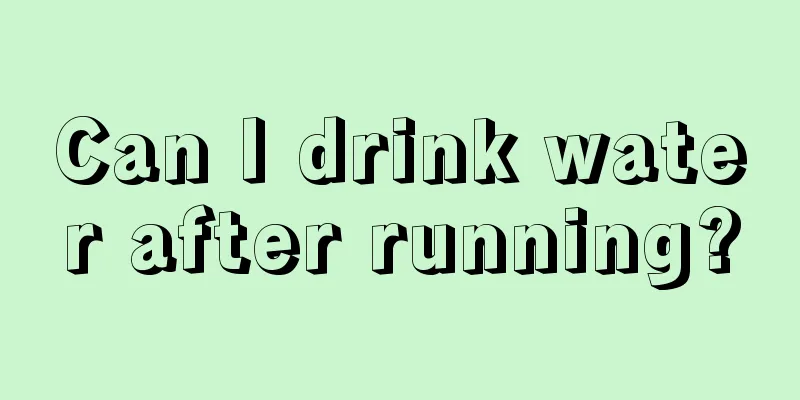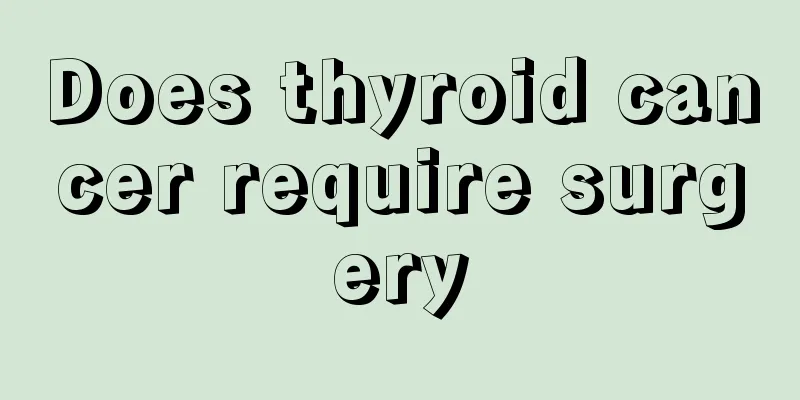There is a wart on my finger
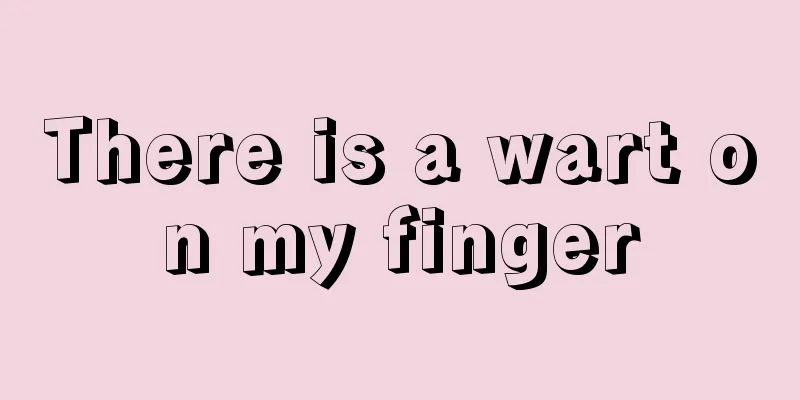
|
Warts usually appear on the surface of human skin without any warning signs. At the beginning, the warts are only the size of mung beans, but in the later stages, the warts will become larger and larger, and may even cause warts to grow in other parts of the body. Warts are also contagious, and generally, contact with warts will cause infection. Some people find that they have a wart on their hands. This protrusion has a great impact on people's use of their hands in daily life. So what should you do if you have a wart on your hand? Warts, known in modern medicine as common verruca vulgaris and in traditional Chinese medicine as ulcers, are contagious and are a type of benign skin tumor that is mainly transmitted to humans by direct or indirect contact with human papilloma. When trauma and low or defective cellular immune function occur, this human papillomavirus will invade the human body and exist in the spinous cells, which can promote cell proliferation, form wart-like lesions, and cause papule-like skin surface symptoms. It includes flat warts, common warts, plantar warts, genital warts, water warts, filiform warts, etc. Warts on fingers are relatively common skin diseases. Many people find that they are difficult to remove and they recur repeatedly. In fact, this is because the treatment is not thorough. Modern medicine generally treats warts from several aspects. 1. Drug treatment: Commonly used drugs for the treatment of warts include fluorouracil ointment, bleomycin intralesional injection, 0.7% cantharidin, 0.1%-0.3% retinoic acid alcohol solution, 3% phthaloethylamine ointment or 3% phthaloethylamine dimethyl sulfoxide ointment, 0.5% podophyllotoxin, 5% imiquimod cream, antiviral drugs, salicylic acid, procaine, etc. 2. Photodynamic therapy: Systemic or topical application of photosensitizers, which cause local cell death after exposure to light, can treat some common warts and genital warts. 3. Physical therapy: Physical therapy includes cryotherapy, electrocautery, laser therapy, and infrared coagulation therapy. It is suitable for a small number of common warts and plantar warts. Because scars may be left, it should be considered with caution. 4. Surgical removal: Some giant warts can be removed surgically, but because the operation can only remove the warts on the surface of the hands, the human papillomavirus still exists in the body and is prone to recurrence after surgery. 5. Dietary conditioning: You should strengthen your diet and eat more foods rich in vitamins to promote skin care. At the same time, you should ensure balanced nutrition and enhance your resistance. It is difficult for viruses and bacteria to invade the body of people with strong resistance. Only people with relatively weak resistance are prone to disease. |
<<: What to do if warts grow on eyelids
>>: What can I do if the yogurt goes bad
Recommend
Can I drink alcohol after taking a tablet of cephalexin
"Take Cephalexin and alcohol, and go when yo...
The site of synthesis of secretory proteins
Most of the proteins that make up organisms are s...
Explain the common symptoms of lung cancer
As we all know, the mortality rate of lung cancer...
Can rose water be used every day?
The nutrients in roses are very beneficial to peo...
Tips on oral hygiene
Everyone's living habits are different, so th...
What are the symptoms of early melanoma
Since the incidence and mortality of melanoma are...
Ringworm caused by fungal infection
Tinea manuum is a disease caused by fungal infect...
Introduction to the manifestations of ovarian tumors
It is not easy to recover from a disease like ova...
What is the problem with gastrointestinal bleeding
Gastrointestinal bleeding is a common clinical sy...
Nursing rounds for patients with renal cancer
Kidney cancer patients lack disease-related knowl...
Did you know that eating like this can easily lead to liver cancer? Check out the five high-risk factors for liver cancer
Peanut oil is used in every household, and some p...
Is it really good to drink honey water before going to bed?
Many people have the habit of drinking honey wate...
Is it good to have a baby with ovarian cancer
Ovarian cancer does not have obvious symptoms. On...
How to care for oily hair
For many young friends, their hair always becomes...
Is it harmful if formaldehyde exceeds the standard by 3 times?
Formaldehyde is a name that people have long been...
